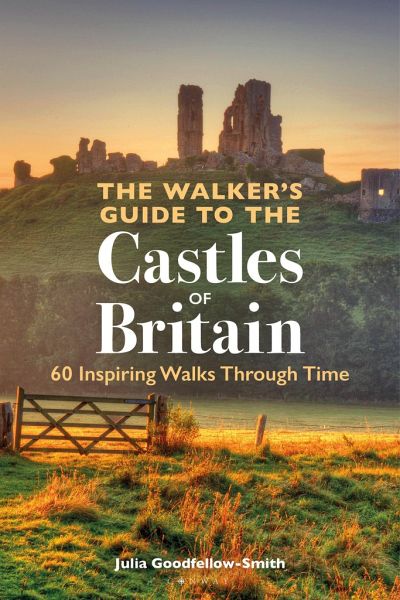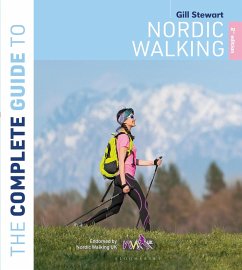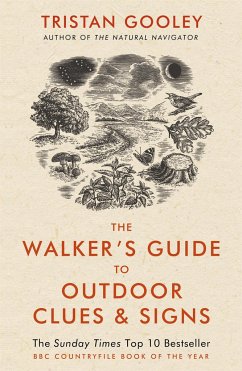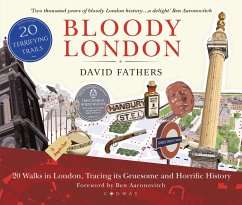
The Walker's Guide to the Castles of Britain
60 Inspiring Walks Through Time

PAYBACK Punkte
11 °P sammeln!
Be transported through time with this wonderful guidebook to Britain's 60 best castles, and 60 delightful walks from and around them.












